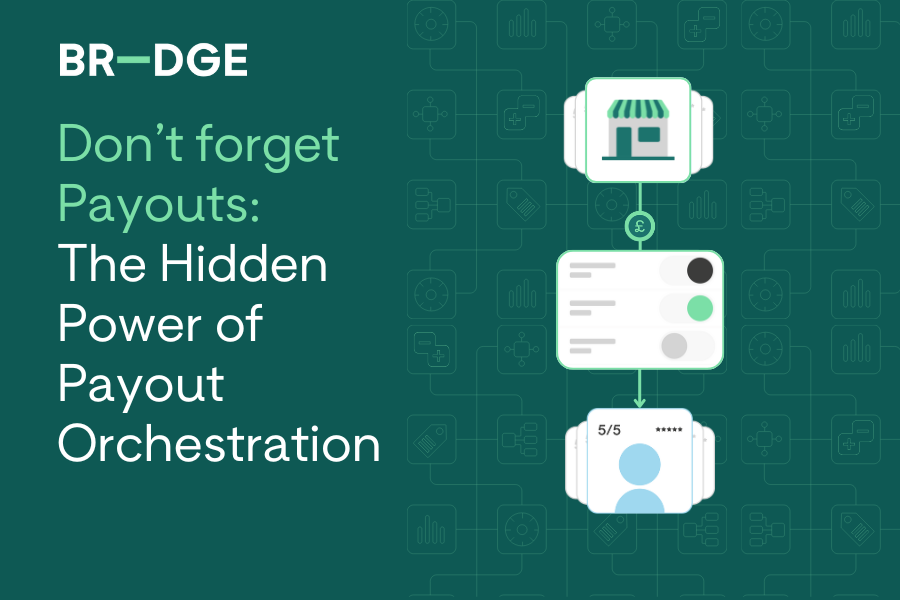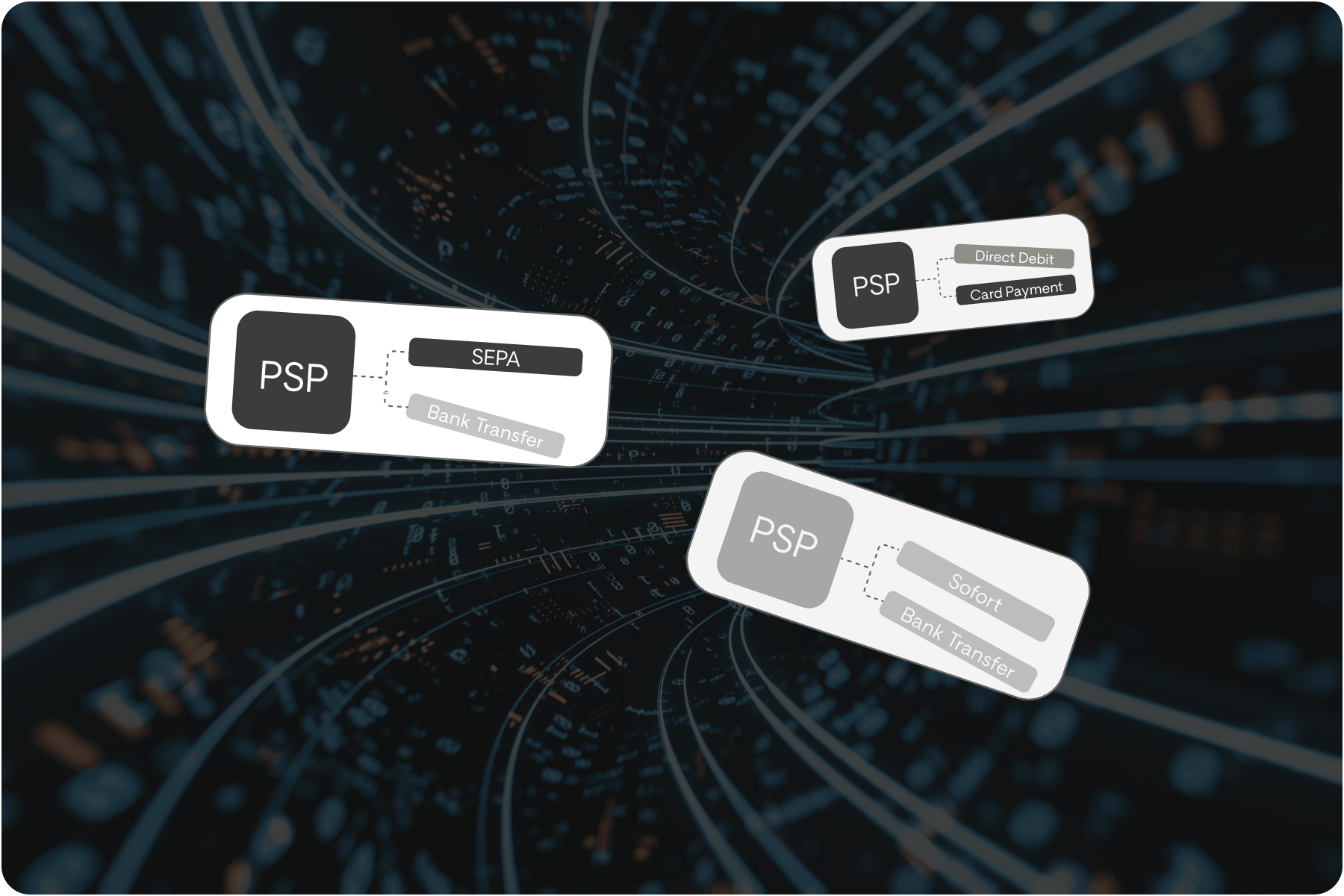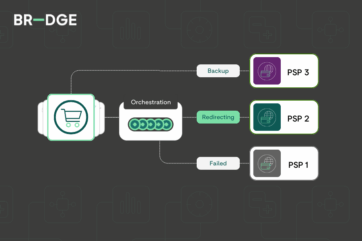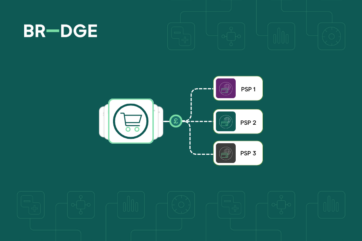
Don’t Forget the Payouts: The Hidden Power of Payout Orchestration

Payouts rarely get the same attention as pay-ins, but for merchants handling large transaction volumes that flow out as well as in, they can be just as demanding. For enterprise teams already managing multi-rail flows and thousands of daily transactions, every refund, withdrawal, or disbursement adds to the load.
Matching outbound flows to the right rail, maintaining compliance, and meeting speed expectations isn’t just technical; it demands time, coordination and control. Without orchestration, payout operations become harder to scale and more expensive to manage.
Why payouts have been left behind
Most orchestration strategies focus only on the front-end checkout. Improving acceptance, cutting fraud and routing payments on the way in are treated as the obvious priorities. But the outbound side is often still tied to fixed rails, routing and manual, error-prone processes.
Bulk settlements take longer than they should. Withdrawals stack up and slow down finance teams.
The strain looks different across industries:
- Gambling: customers expect fast, uninterrupted access to winnings. If a payout fails or stalls, trust erodes quickly, and players may walk once they do get their money out. Routing flexibility matters just as much, because the volume of payouts demand speed, certainty and cost efficiency for the merchant.
- Trading platforms: frequent deposits and withdrawals mean payouts are core to the user experience. In many cases, traders are relying on payouts as a key source of income. Delays or mismatches between pay-in and payout methods can trigger complaints and churn.
- Insurance: Disbursements are often a painful process for insurers. Manual processes, four-eye reviews and batch processing across multiple recipients often result in errors and delays. Not only is this resource-intensive, but it can also affect customer satisfaction.
Controlling payouts through an orchestration layer
Managing payouts via orchestration means merchants can configure a range of rules, apply them across all endpoints and adapt them as needed.
This unlocks a range of operational advantages. Merchants can select the most appropriate routing based on cost, speed and payment method.
Compliance and fraud checks can be applied consistently across both inbound and outbound flows, without duplicating effort.
Reconciliation becomes more manageable, with inbound and outbound data aligned to reduce manual matching and error correction.
New payout options can be introduced without long development cycles or infrastructure rebuilds.
Even for businesses that have avoided offering payout flexibility due to cost concerns, orchestration makes those options viable without inflating overhead.
In regulated markets, payouts may need to follow the same method as the original transaction: for example, card-to-card or wallet-to-wallet. Orchestration doesn’t override those rules, but it governs how flows are reprocessed, matched and delivered. That gives merchants control over speed, cost-efficiency and operational oversight, without breaching compliance.
Orchestrating outgoing flows means managing payout routing logic through a single, adaptable layer, one that offers the same visibility and control merchants already expect on the pay-in side.
What this looks like in practice
With orchestration in place, the earlier pain points look very different:
- Gaming: winnings are settled instantly to the customer’s account of preferred method, (depending on the regulatory requirements) with fallback logic if the initial route fails. That protects trust and reduces support queries.
- Trading platforms: payouts often mirror deposit methods for compliance, but orchestration governs how those flows are retried, reconciled and routed: reducing overhead without compromising speed or regulatory alignment.
- Insurance: disbursements are handled through automated flows, with reconciliation built in, and delivered through modern rails, like Pay by Bank. That cuts admin time, reduces errors and improves customer satisfaction.
Bringing payouts into the orchestration layer gives merchants oversight across the full payment lifecycle, not just how money is received, but how it’s returned, refunded, or disbursed. This enables consistent rules, clearer reporting and faster resolution across all flows.
For merchants, it eases operational pressure and supports stronger relationships. For customers, it means faster access to funds and fewer points of friction, whether they’re receiving winnings, reimbursements, or scheduled payouts.
Pay-ins may drive revenue, but payouts carry the weight of trust. Both deserve the same intelligence and control. With BR-DGE Optimise, merchants can manage inbound and outbound flows through a single orchestration layer: reducing cost, improving responsiveness, and keeping every side of the business connected.
Related content





